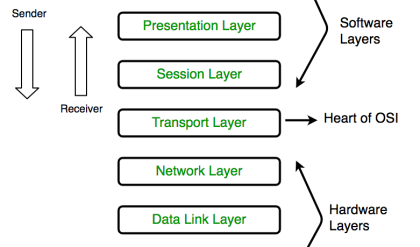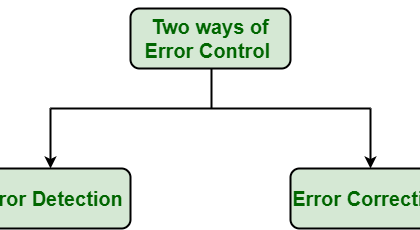A telephone subset consists of an earpiece, which we may call the receiver; the mouthpiece, which we may call the transmitter; and some control circuitry in the telephone cradle-stand. Figure 5.3 illustrates a telephone subset connected all the way through its subscriber loop to the local serving exchange. The control circuits are aptly shown.
The hook-switch in Figure 5.3 (there are two) are the two little “knobs” that pop up out of the cradle when the subset is lifted from its cradle. When the subset is replaced in its cradle, these knobs are depressed. This illustrates the “on-hook” and “off-hook” functions described earlier. The “dial-switch” represents the function of the telephone dial. It simply closes and opens (i.e., makes contact, breaks contact). If a 1 is dialed, there is a single break and make (the loop is opened and the loop is closed). When the “loop is closed,

current flows; when open, current stops flowing. If, for instance, a 5 is dialed, there will be five break-and-make operations which represent the digit 5.
The Subset Mouthpiece or Transmitter
The mouthpiece converts acoustic energy (i.e., sound) into equivalent electric energy by means of a carbon granule transmitter. The transmitter requires a direct-current (dc) voltage, a minimum of 3 to 5 volts, across its electrodes. We call this talk battery. In modern systems it is supplied over the subscriber loop and derives from a battery source at the local serving switch as illustrated in Figure 5.3. Current deriving from the local switch supply flows through the carbon grains or granules that are contained just below a diaphragm that holds the carbon granules in place. This current flow occurs when the telephone is taken off-hook (i.e., out of its cradle). When sound impinges on the diaphragm of the transmitter, resulting variations of air pressure are transferred from the diaphragm to the carbon granules, and the resistance of the electrical path through the carbon changes in proportion to the pressure. A pulsating direct current in the subscriber loop results. The frequency response of the carbon transmitter peaks between 800 and 1000 Hz. This is illustrated in Figure 5.2.
The Subset Earpiece or Receiver
A typical receiver consists of a diaphragm of magnetic material, often soft iron alloy, placed in a steady magnetic field supplied by a permanent magnet, and a varying magnetic field, caused by the voice currents flowing through the voice coils. Such voice currents are alternating (ac) in nature and originate at the far-end telephone transmitter. These currents cause the magnetic field of the receiver to alternately increase and decrease, making the diaphragm move and respond to the variations. As a result, an acoustic pressure wave is set up, reproducing, more or less exactly, the original sound wave from the distant telephone transmitter. The telephone receiver, as a converter of electrical energy to acoustic energy, has a comparatively low efficiency, on the order of 2% to 3%.
Sidetone is the sound of the talker’s voice heard in his own receiver. The sidetone level must be controlled. When the level is high, the natural human reaction is for the talker to lower his voice. Thus by regulating the sidetone, talker levels can be regulated. If too much sidetone is fed back to the receiver, the output level of the transmitter is reduced, owing to the talker lowering his/her voice, thereby reducing the level (voice volume) at the distant receiver, deteriorating performance.





